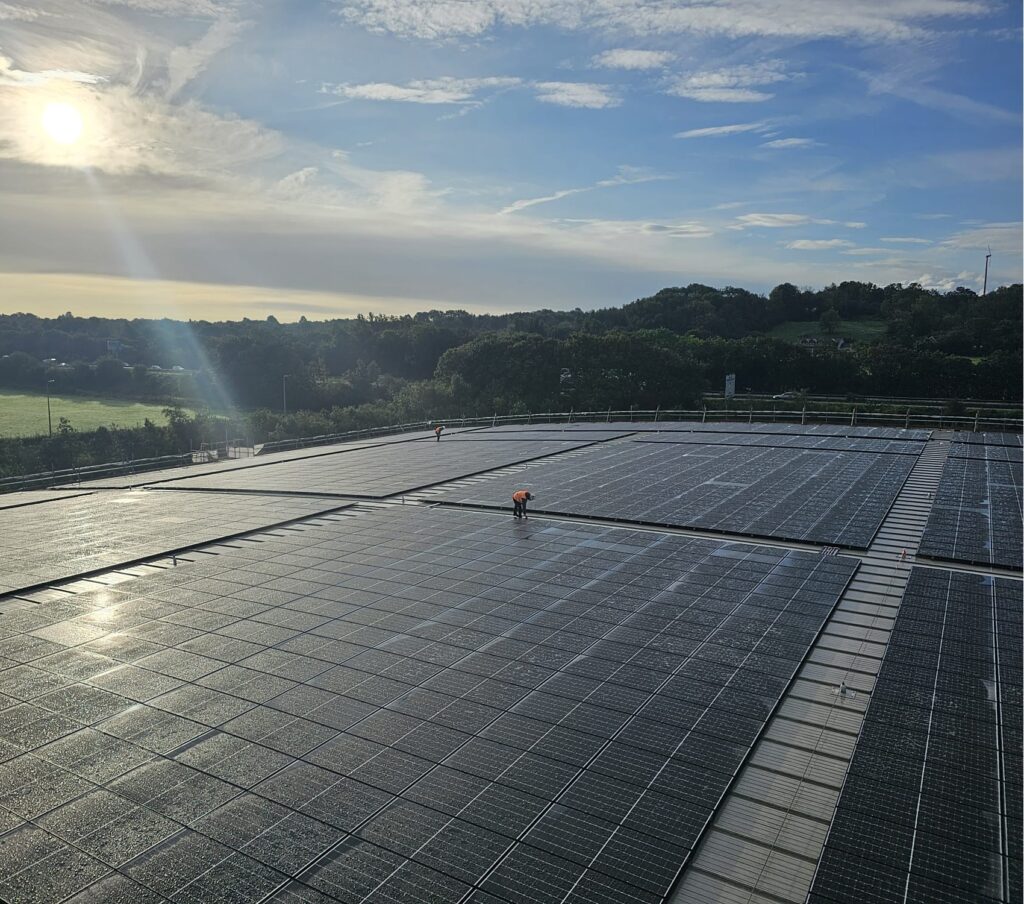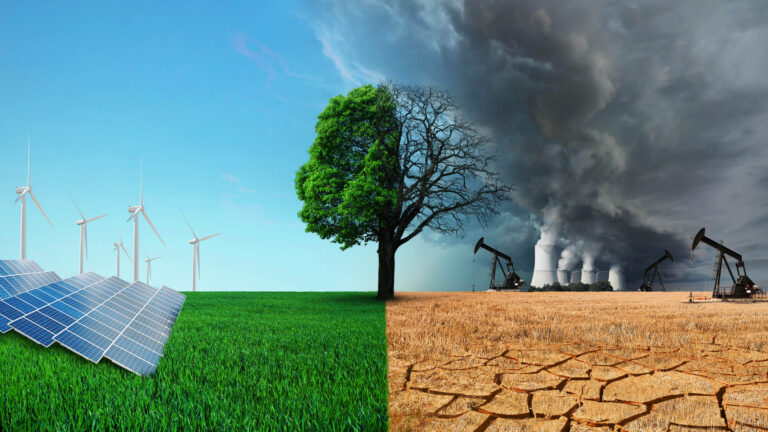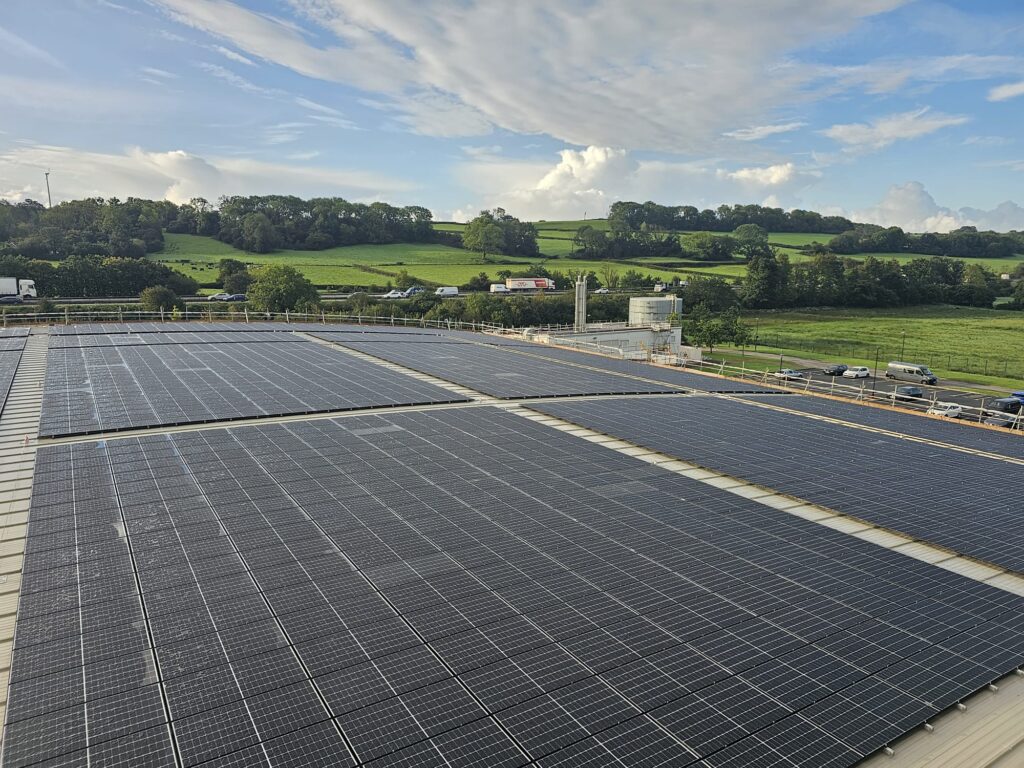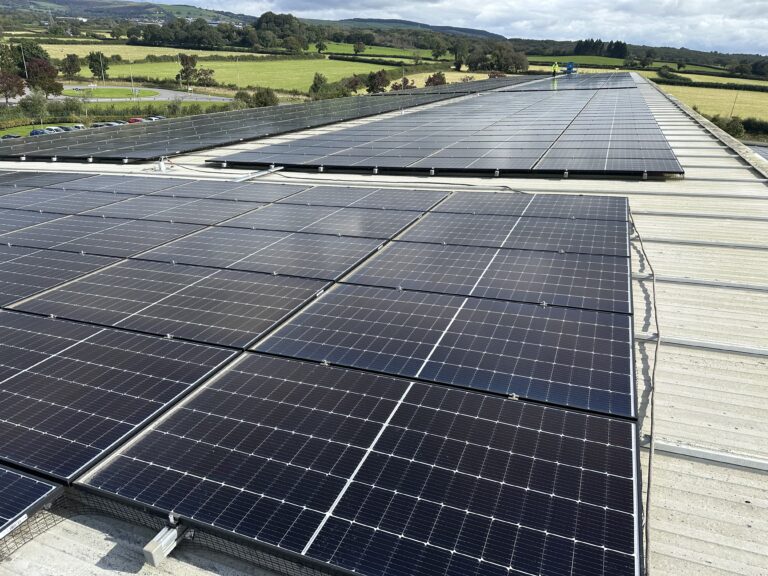Cleaner Energy Solutions – Powering a greener Future
In an era defined by climate challenges and rising energy demands, cleaner energy solutions stand as a beacon of hope for a sustainable future. Energy lies at the core of the climate crisis, yet it also holds the key to the solution.
A significant share of greenhouse gas emissions stems from energy production, primarily through the burning of fossil fuels like coal, oil, and gas. This accounts for over 75% of global greenhouse gas emissions and nearly 90% of all carbon dioxide emissions.
This reliance on nonrenewable energy sources has pushed the planet to its environmental limits, fueling global warming, air pollution, and economic instability.
The path forward is clear: to mitigate the worst effects of climate change, we must cut emissions nearly in half by 2030 and achieve net-zero by 2050.
Renewable energy technologies offer a powerful alternative—clean, sustainable, reliable, and widely accessible sources of power that can transform how we live, work, and protect the Earth for generations to come.

What Are Cleaner Energy Solutions?
Cleaner energy solutions refer to systems and renewable energy technologies that generate energy by utilising natural, replenishable resources like sunlight, wind, water, and geothermal heat.
These solutions often include solar panels, wind turbines, hydroelectric dams, and innovative energy storage systems.
By leveraging these resources, renewable energy technologies create a sustainable energy grid that reduces dependence on fossil fuels, cuts carbon emissions, and ensures long-term energy security.
Why Cleaner Energy Are the Key to a Healthier Planet
Cleaner energy sources harness the natural power of the sun, wind, water, organic waste, and Earth’s heat. These sources emit minimal greenhouse gases or pollutants and are replenished naturally, making them an ideal alternative to fossil fuels. While fossil fuels still dominate global energy production, cleaner energy sources are rapidly gaining ground, accounting for 29% of electricity generation worldwide.
Here’s why accelerating the shift to renewable energy is vital for a sustainable future:
1. Renewables Are Everywhere
Unlike fossil fuels, which require costly imports and are susceptible to geopolitical instability, renewable energy sources exist in abundance across the globe. The International Renewable Energy Agency (IRENA) estimates that 90% of the world's electricity can come from renewables by 2050.
For countries reliant on fossil fuel imports, renewable energy generation offers energy independence, economic diversification, and protection from volatile fuel prices. Additionally, they drive inclusive economic growth, create jobs, and reduce poverty.
2. Energy Renewable Solutions are Cost-Effective
Renewable energy technologies are now the cheapest power option in most regions. Between 2010 and 2020, the cost of solar panel energy plummeted by 85%, while onshore and offshore wind costs dropped by 56% and 48%, respectively.
Affordable renewable energy sources are a game-changer for low- and middle-income countries, where much of the growing electricity demand is expected. By 2030, renewable energy technologies could provide 65% of global electricity supply, significantly reducing carbon emissions and slowing climate change.
Despite recent price hikes due to pandemic-driven supply chain issues, renewable energy generation remains more competitive than fossil fuels, whose prices have risen even more sharply.
3. Cleaner Energy Means Better Health
Air pollution, largely caused by burning fossil fuels, contributes to 13 million avoidable deaths annually, according to the World Health Organization (WHO). Pollutants like fine particulate matter and nitrogen dioxide damage respiratory and cardiovascular health.
Switching to renewable cleaner energy reduces air pollution, offering significant health benefits while tackling climate change. Cleaner air means fewer illnesses, lower healthcare costs, and improved quality of life for millions.
4. Renewable Energy Generation Creates Jobs
Investments in renewable energy generation generate three times more jobs per dollar than fossil fuels. The International Energy Agency (IEA) predicts that transitioning to net-zero emissions will result in a net gain of 9 million energy-sector jobs by 2030.
Emerging industries like electric vehicle manufacturing, energy-efficient appliances, and hydrogen technology will further boost employment, creating over 30 million jobs in clean energy and low-emissions technologies. Ensuring this transition is just and equitable will be crucial to leaving no one behind.
5. The Economic Argument for Renewable Energy Generation
In 2022, $7 trillion was spent subsidising fossil fuels through tax breaks, explicit subsidies, and unaccounted environmental and health costs. Transitioning to renewable energy generation requires $4.5 trillion annually until 2030, but the long-term benefits far outweigh the initial investment.
Renewable energy generation reduces pollution, mitigates climate impacts, and promotes energy resilience, potentially saving the world up to $4.2 trillion annually by 2030. By diversifying power supply and reducing dependence on volatile markets, renewable cleaner energy can create a more stable and secure energy system.

Why Do We Need Low Carbon Technology Energy Solutions?
Environmental Protection:
Fossil fuel combustion is the leading cause of climate change and pollution. Switching to renewables minimises greenhouse gas emissions.
Energy Independence:
Renewable energy solutions reduce reliance on imported fuels, making business more self-reliant.
Economic Growth:
Investments in renewable low carbon technology create jobs and stimulate economies.
Health Benefits:
Reducing air pollution leads to fewer health risks and lower healthcare costs.
Sustainable Future:
Renewable energy solutions are key to achieving global climate goals and preserving natural resources for future generations.
Long Term Energy Security
Installing low-carbon technology energy solutions reduces reliance on external energy suppliers and shields your business from volatile energy prices and external uncertainties.
Who Is a Power Systems Solutions Provider in the Renewable Energy Industry?
A power systems solutions provider specialises in designing, installing, and managing energy systems integrating renewable technologies. These companies are critical in advancing renewable energy grid solutions and BESS, battery energy storage systems.
Providers often offer:
Solar energy systems for commercial, industrial and residential applications.
Energy storage solutions like BESS, battery energy storage systems.
Hybrid systems combining renewable and nonrenewable energy sources.

What Solutions Combine Renewable and Nonrenewable Energy Sources?
Hybrid energy systems integrate renewable energy sources (e.g., solar, wind) with traditional nonrenewable sources (e.g., natural gas) to provide consistent, reliable energy. These systems are particularly useful in regions where renewable sources may be intermittent or insufficient.
Examples include:
✅ Solar-diesel hybrid systems for off-grid applications.
✅ Wind-natural gas systems for grid stability.
✅ Renewable energy systems supported by backup generators.
What Are Renewable Energy Storage Solutions?
Common storage technologies include:
Batteries:
Lithium-ion and other advanced batteries store surplus energy for immediate or later use.
Pumped Hydro Storage:
Uses water reservoirs to store potential energy.
Thermal energy storage:
Stores heat energy for power generation or direct use.
These solutions are essential for maximising the efficiency and reliability of renewable energy systems.

Renewable Energy Technologies: Building a Safer Future
The transition to renewable energy technologies is no longer optional—it’s an imperative. By accelerating the adoption of renewable energy grid solutions and investing in renewable energy storage solutions, we can address the pressing challenges of climate change, air pollution, and energy insecurity.
The future lies in harnessing the power of renewable energy solutions to build a cleaner, safer, and more equitable world. By investing today, we ensure a brighter tomorrow for future generations.
Let’s create a future powered by renewables—a future where energy is not just abundant, but also sustainable and fair for all.
